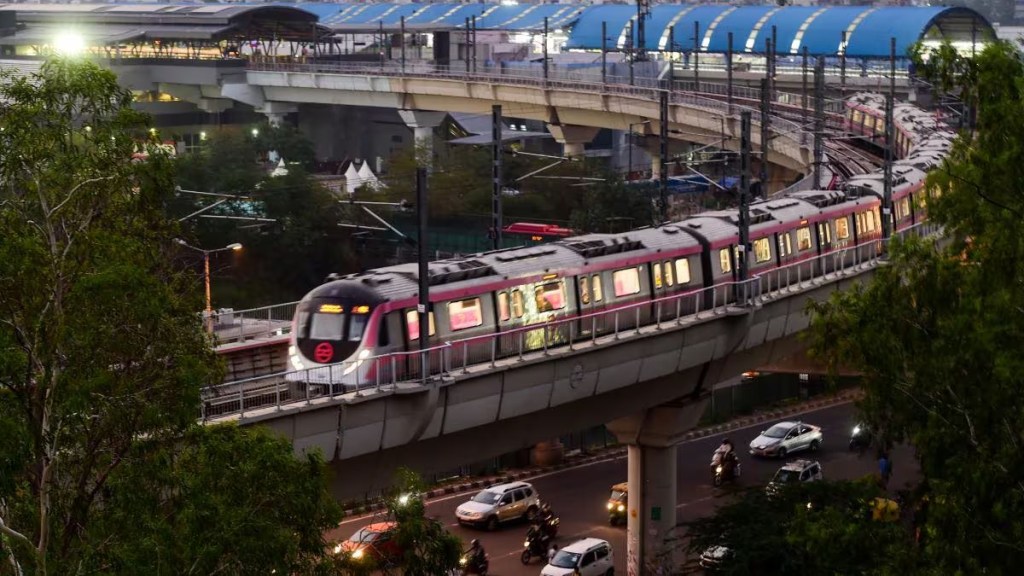The Centre on Saturday (june 15) approved the Ministry of Housing and Urban Affairs-DDA proposal for the Rithala-Narela-Kundli metro corridor. According to a statement from Raj Niwas, Delhi Lieutenant Governor V K Saxena has actively pursued the construction of this metro corridor with the Centre on several occasions.
The construction of this corridor is anticipated to boost the Narela sub-city, which hosts educational institutions, a multi-modal logistic park, corporate offices, and medical campuses. Notable institutions already in the area include Delhi Technological University, NIT Delhi, and National Institute of Homoeopathy.
Rithala-Narela-Kundli metro corridor cost
The Rithala-Narela-Kundli metro corridor, an extension of the existing Red Line, is set to be constructed at an estimated cost of Rs 6,231 crore. The Delhi portion is budgeted at Rs 5,685.22 crore, with the central government covering nearly 40% of this cost.
The Delhi Development Authority (DDA) will contribute Rs 1,000 crore, and the rest will be financed through bilateral/multilateral loans (37.5%) and the Delhi government (20%).
For the Haryana portion, amounting to Rs 545.77 crore, 80% will be funded by the state government, with the remaining 20% coming from central government grants.
Rithala-Narela-Kundli metro corridor stations
This 26.5-km metro line with 21 stations is scheduled for completion within four years. It aims to significantly enhance connectivity for Narela, Bawana, and Alipur areas with the rest of the city, catalyzing infrastructure development.
Key stations on the route will include sectors of Rohini, villages like Barwala and Sanoth, Narela sectors, J J Colony, Bawana industrial area, and several others crucial for enhancing regional connectivity and accessibility. The corridor is expected to benefit the growth and development of Narela-Bawana and address long-standing needs of the Rohini sub-city.
Rithala-Narela-Kundli metro corridor to boost connectivity
Once operational, this corridor will facilitate seamless interstate connectivity between Ghaziabad (Uttar Pradesh), Delhi, and Kundli (Haryana). It is projected to attract a daily ridership of 1.26 lakh by 2028 and 3.8 lakh by 2055.
